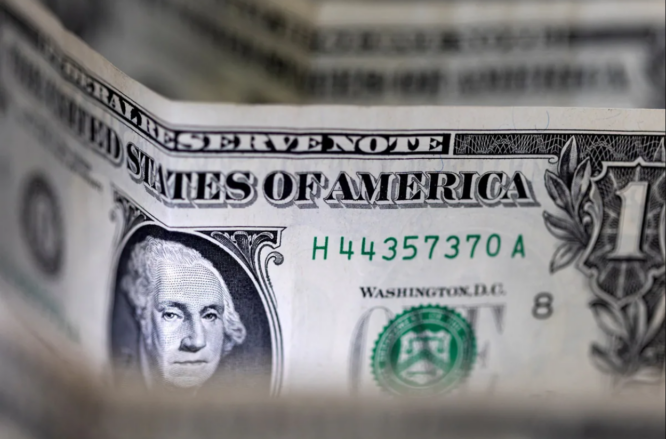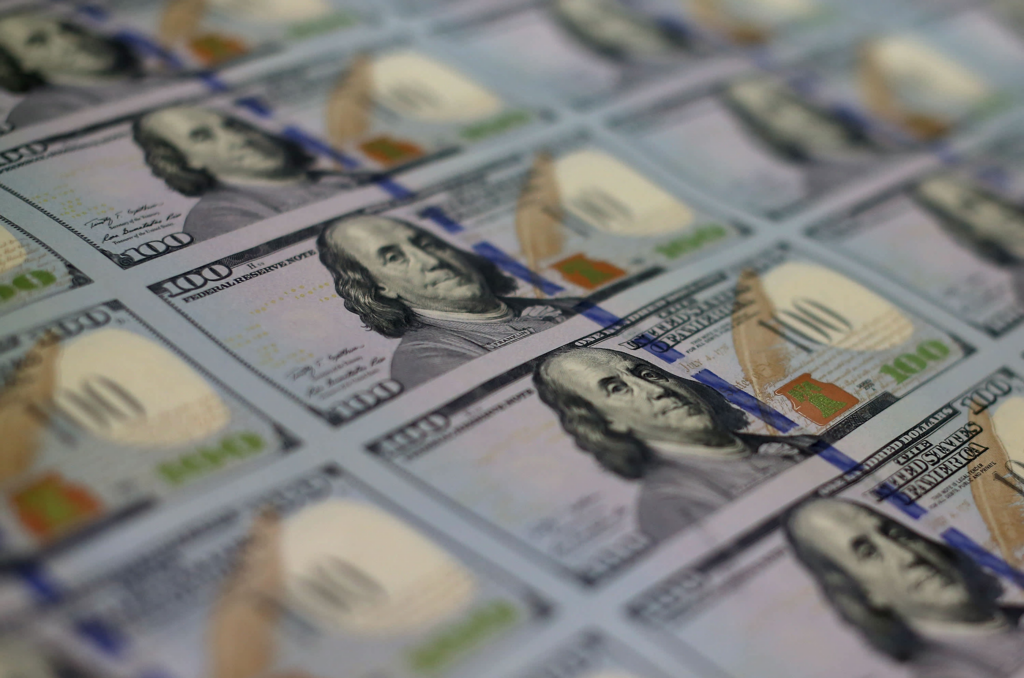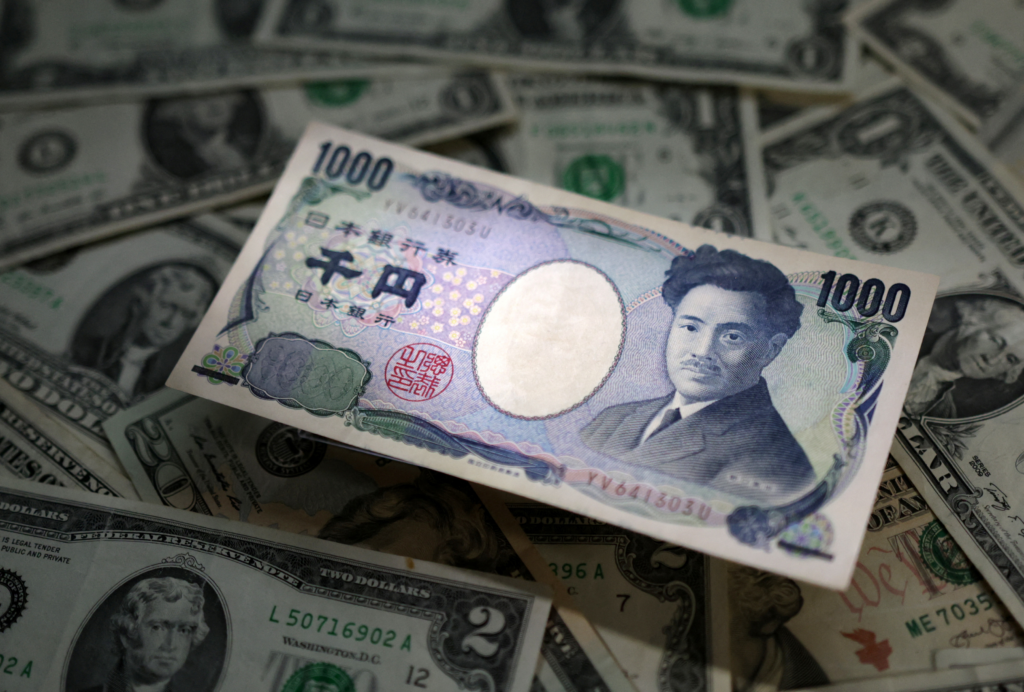Jobs increase outweigh unfavorable revisions, lowering dollar-euro 2023

The dollar reversed earlier gains against the euro but remained strong against the yen on Friday, after April’s employment gains and wage growth surpassed economists’ expectations but March’s employment data showed downward revisions.
Employers added 253,000 positions, exceeding economists’ predictions of an increase of 180,000. The average hourly wage in the United States increased at an annual rate of 4.4%, exceeding expectations of a 4.2% increase.
However, data for March was also revised downward, with 165,000 jobs added instead of the previously reported 236,000.
According to Vassili Serebriakov, an FX strategist at UBS in New York, “the headline number is likely not as strong as it appears due to backward revisions.”

Investors covering short positions certainly boosted the U.S. dollar initially.
The dollar has declined since reaching a 20-year high in September, as investors compensate for the likelihood that the Federal Reserve is nearing or at the end of its tightening cycle, while counterparts such as the European Central Bank have become more hawkish.
Investors are pricing in the possibility of a Fed rate cut in the second half of this year. Despite the fact that the economy is declining, there are still pockets of strength, which prevents investors from being too adverse on the U.S. dollar for the time being.
“Until we have a clearer directional signal from U.S. data, it will be difficult to gain much momentum in the near future,” Serebriakov explained. “The ultimate resolution for us is consistently weaker U.S. data, a weaker dollar, and a more dovish Federal Reserve.”
Traders of Fed funds futures anticipate a reduction of approximately 75 basis points by the end of the year. Wednesday, the Federal Reserve raised interest rates by 25 basis points to a range of 5% to 5.25% and removed from its policy statement the phrase “anticipates” additional rate hikes.

The dollar index reached a session high of 101.77 before declining to 101.19, a decrease of 0.13% for the day. The euro fell to $1.0967 before recovering to $1.1026 — an increase of 0.11%.
The dollar rose 0.40 percent to 134.79 Japanese yen.
On Friday, technical analysts at JPMorgan, including Jason Hunter, noted adverse divergences on the daily EUR/USD chart and that the single currency’s gains have stalled, but the rally is “not decisively over.”
The bank stated that sustained euro weakness below the $1.0909 and $1.0831 levels would confirm a short-term trend reversal, while a decline below $1.0762 “would imply a more significant trend reversal is in the making.”
On Friday, the euro fell against the pound to 87.11 pence, its lowest level since December 20.
Next week’s consumer price data will be the next significant U.S. economic focus.
Bid prices for currencies at 3:00 p.m. (1900 GMT)
RIC Last U.S. Close Percentage Change YTD Percentage Low Bid High Bid
Previous Variation
Session
Dollar index 101.1900 101.3400 -0.13% -2.222% +101.7700 +101.1100
Euro/Dollar $1.1026 $1.1014 +0.11% +2.90% +$1.1048 +$1.0967
Dollar/Yen 134.7900 134.2650 +0.40% +2.82% +135.1150 +133.8800
Euro/Yen 148.63 147.87 +0.51% +5.93% +148.7000 +147.6900
Dollar/Swiss 0.8904 0.8859 +0.51% -3.70% +0.8972 +0.8836
Sterling/Dollar $1.2641 $1.2575 +0.54% +4.54% +$1.2652 +$1.2559
Dollar/Canadian 1.3373 1.3540 -1.24% -1.30% +1.3539 +1.3371
Aussie/Dollar $0.6755 $0.6694 +0.92% -0.90% +$0.6757 +$0.6689
Euro/Swiss 0.9815 0.9756 +0.60% -0.79% +0.9849 +0.9754
Euro/Sterling 0.8722 0.8759 -0.42% -1.38% +0.8767 +0.8714
NZ $0.6301 $0.6279 +0.36% -0.76% +$0.6316 +$0.6265
Dollar/Dollar
Dollar/Norway 10.5610 10.6910 -1.22% +7.61% +10.6870 +10.5610
Euro/Norway 11.6447 11.7663 -1.03% +10.97% +11.7903 +11.6400
Dollar/Sweden 10.1527 10.2431 -0.75% -2.45% +10.2621 +10.1510
Euro/Sweden 11.1960 11.2807 -0.75% +0.41% +11.2945 +11.1920
